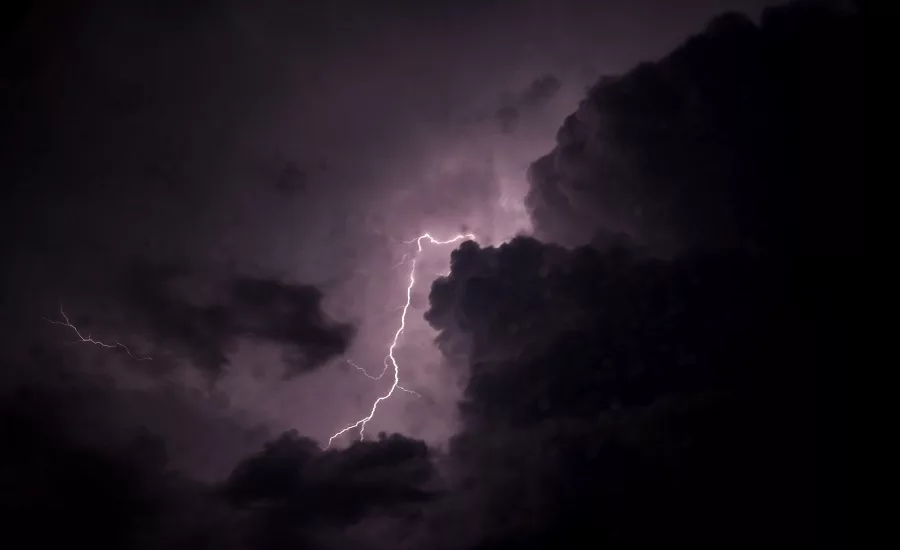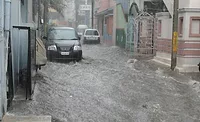Study finds over half of buildings in U.S. prone to natural disasters

A cooperative study by University of Colorado and Boise State University researchers has found that more than half of U.S. buildings are in areas prone to natural disasters. That equates to millions of homes, businesses and other buildings at risk from hurricanes, floods, wildfires, tornadoes, earthquakes and other storms.
According to the researchers, climate change is influencing these numbers as changes are increasing the probability of extreme weather events.
In the study, "Risky development: Increasing exposure to natural hazards in the United States," researchers analyzed records going back to 1945 to see how many buildings are in hotspots for natural hazards. They focused on the riskiest places — areas where the probability or magnitude of a disaster is in the top 10%, finding that disaster hotspots account for about 30% of the contiguous U.S., but are home to nearly 60% of buildings across the country in the contiguous United States.
In addition, development in wildfire-prone areas has accelerated the most quickly of any hazard. Interestingly, approximately1.5 million buildings are in hotspots for two or more hazards, such as wildfires and earthquakes.
Looking for a reprint of this article?
From high-res PDFs to custom plaques, order your copy today!






